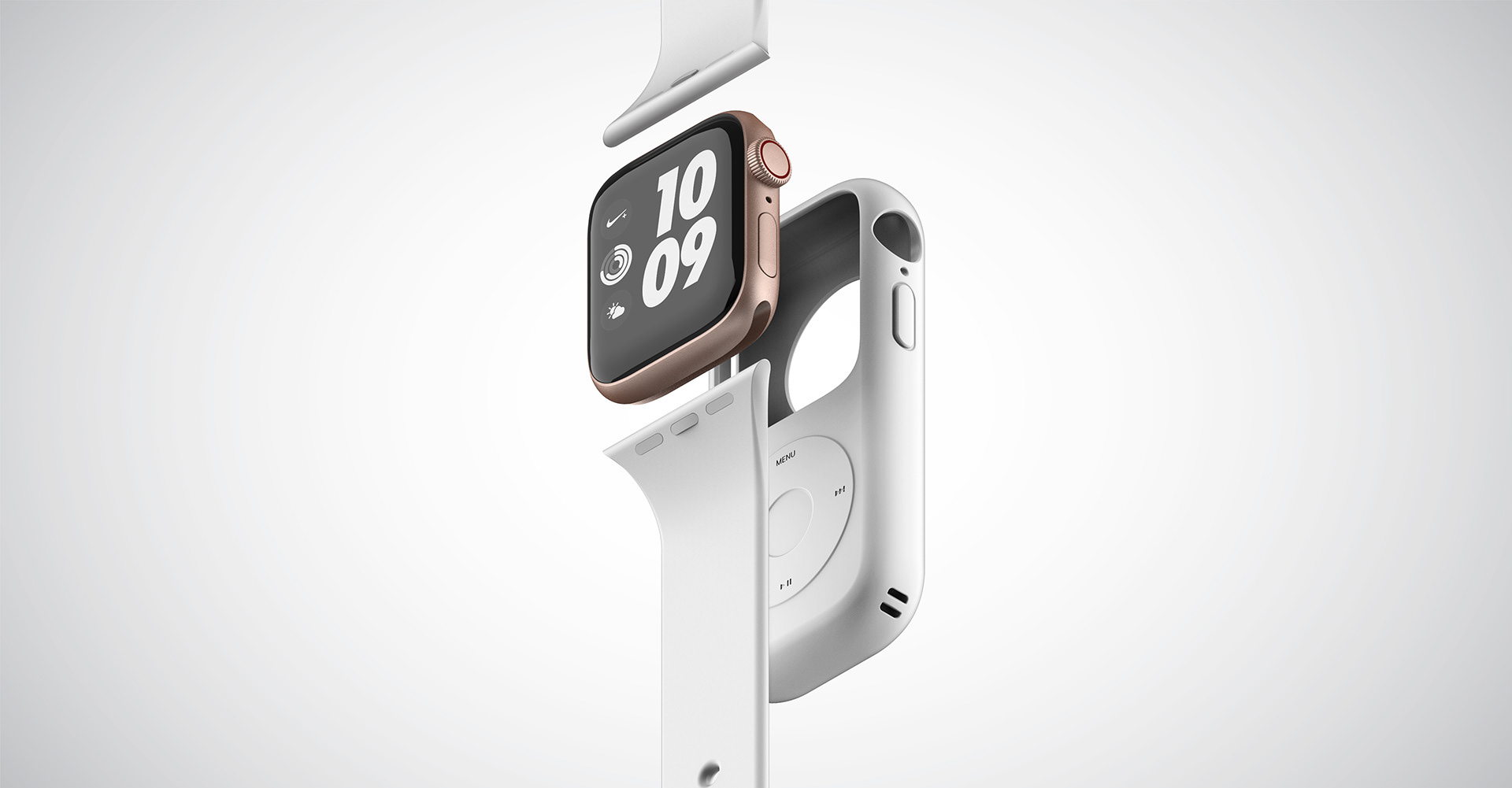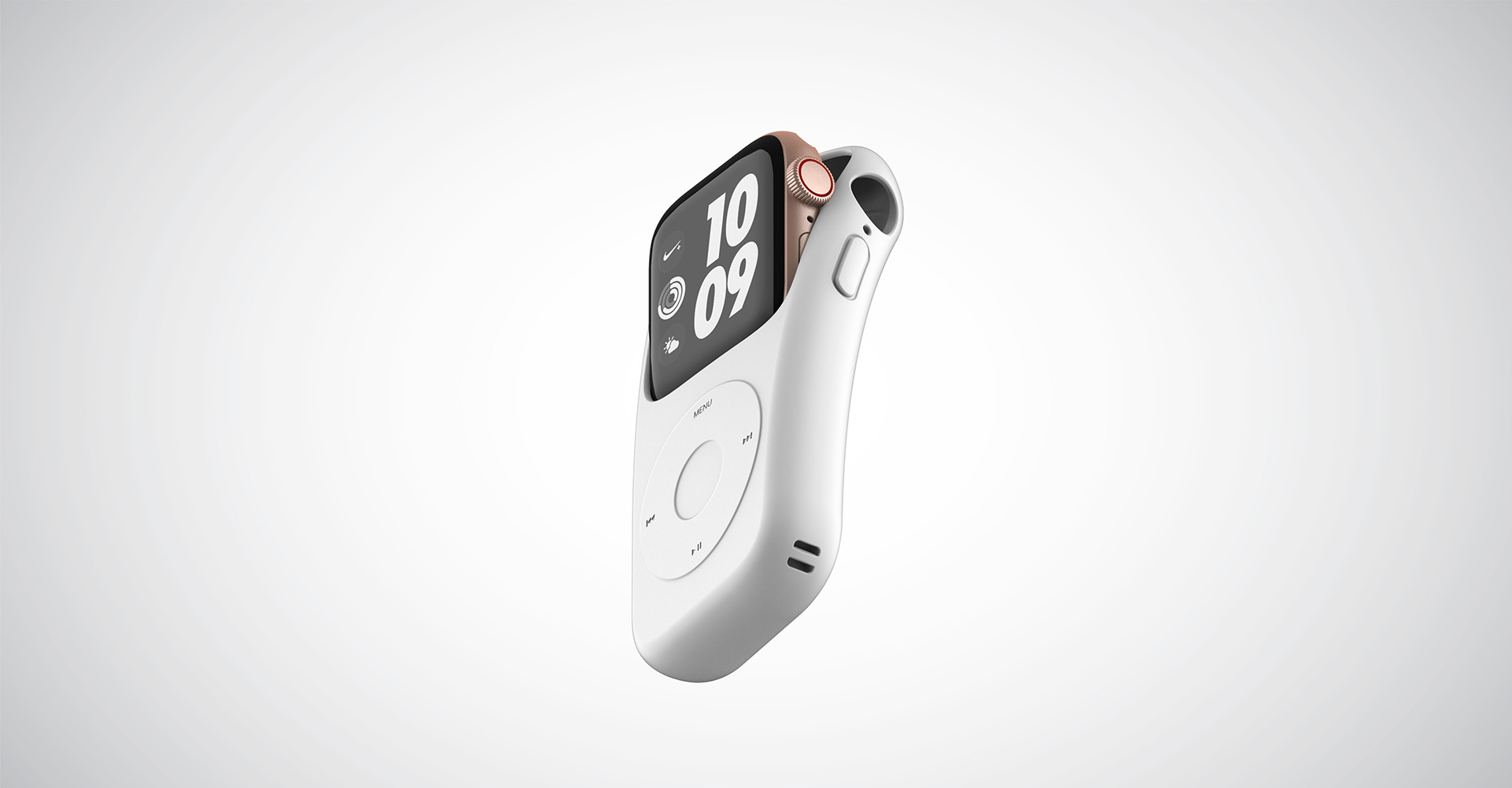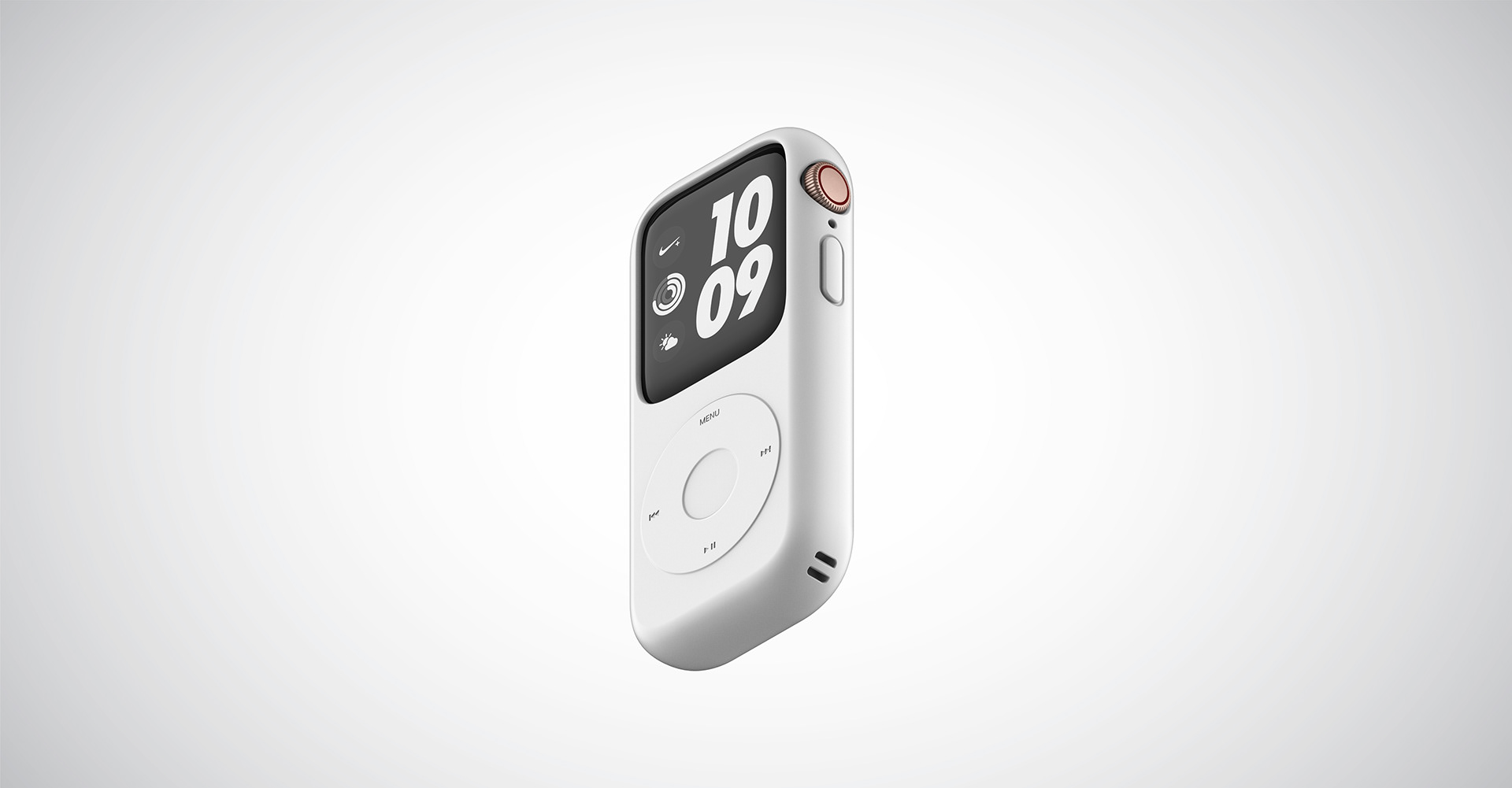“Private” Facebook Data, Right
Facebook exposed up to 6.8 million users’ private photos to developers in latest leak:
Facebook exposed private photos from up to 6.8 million users to apps that weren’t supposed to see them, the company said today. These apps were authorized to see a limited set of users’ photos, but a bug allowed them to see pictures they weren’t granted access to. These included photos from people’s stories as well as photos that people uploaded but never posted (because Facebook saved a copy anyway).
Who is (still) posting “private” photos to Facebook?
At this point I don’t have any sympathy for anyone on Facebook and anything that might happen to them. If you’re on Facebook and think your data is private you’re being willfully ignorant.
Full disclosure: Last year I deleted my Facebook account and then reactivated earlier this year in order to convert one of my Instagram accounts to a business account (Facebook requires you have a Business page connected to your Instagram business account). The personal data I’ve put on Facebook is the bare minimum and contains nothing sensitive or private. In short, I know what I’m getting into and I accept the risks.
Blanding
“A new trend in logo design is rapidly emerging. Brands today are simplifying their identities with toned-down logos designed to better appeal to digital consumers around the world. While a few have already succumbed, more are considering redesigns every day.“
—Branding agency Salt explores blanding.
American capitalism is broken
David Leonhardt writing for The New York Times on American capitalism and Elizabeth Warren’s proposed bill in the Senate:
In the years that followed, corporate America largely followed this prescription. Not every executive did, of course, and management and labor still had bitter disputes. But most executives behaved as if they cared about their workers and communities. C.E.O.s accepted pay packages that today look like a pittance. Middle-class incomes rose faster in the 1950s and 1960s than incomes at the top. Imagine that: declining income inequality.
And the economy — and American business — boomed during this period, just as Benton and his fellow chieftains had predicted.
Things began to change in the 1970s. Facing more global competition and higher energy prices, and with Great Depression memories fading, executives became more aggressive. They decided that their sole mission was maximizing shareholder value. They fought for deregulation, reduced taxes, union-free workplaces, lower wages and much, much higher pay for themselves. They justified it all with promises of a wonderful new economic boom. That boom never arrived.
Even when economic growth has been decent, as it is now, most of the bounty has flowed to the top. Median weekly earnings have grown a miserly 0.1 percent a year since 1979. The typical American family today has a lower net worth than the typical family did 20 years ago. Life expectancy, shockingly, has fallen this decade.
Income inequality is too real.
Free market capitalism sounds great to some, and so does not having speed limits for automobiles, but the truth is we need regulations. They exist for a reason and they serve a real purpose.
Command + Z
Jon Gruber doesn’t think iOS has gotten ‘Undo’ right yet on iOS:
Undo has been in the same position in the same menu with the same keyboard shortcut since 1984. Undo and Redo are powerful, essential commands, and the ways to invoke them on the Mac have been universal conventions for almost 35 years. (Redo came a few years later, if I recall correctly.)
iOS does in fact have a standard convention for Undo, but it’s both awful and indiscoverable: Shake to Undo, which I wrote about a few months ago. As I mentioned in that piece, iOS does have support for the ⌘Z and ⇧⌘Z shortcuts when a hardware keyboard is connected, and the iPad’s on-screen keyboard has an Undo/Redo button. So for text editing, on the iPad, Undo/Redo is available through good system-wide conventions.
The shake gesture was fun and novel in the early days of iOS but it’s silly, inefficient, and cumbersome in 2018.
The Blind Smartphone Camera Test
Marques Brownlee, aka MKBHD, conducted a blind smartphone camera test and the results were very surprising.
Spoiler: Neither the iPhone XS nor the Pixel 3 won. This shocked me (and most of Brownlee’s friends), but once he break down why it makes more sense.
“the lonesome sound of departure”
Over at MMA Fighting, Chuck Mindenhall recaps Chuck “The Iceman” Liddell’s fight against Tito Ortiz this past Saturday:
Golden Boy’s foray into MMA was a set-up for some kind of morose outcome, it just boiled down to which one. Sadly it turned out to be the latter. “The Iceman” waited over eight years to have his delusions re-realized, and his last attempt for a happy ending to get trampled by his old rival. Ortiz knocked Chuck out, and then went into his gravedigger dance, burying the iconic Mohawk for good. Ortiz wanted it to be a redemption of sorts after losing to Liddell twice in the mid-aughts. He got it. Nothing about it felt right. Ortiz merely flushed out the last birds from the orchard. It was a shotgun burst, and the lonesome sound of departure.
Mindenhall is right.
There’s nothing exciting about watching a once-great fighter, who’s nearing 50 years old, get knocked out cold in the first round.
The look of jazz

Vox has a great, 7-minute documentary on Blue Note Records and the iconic album covers they produced thanks to the art direction of Reid Miles and the photography of Francis Wolff.
S’cute!
Da Notch
Over at The Verge (from last month), Nick Slatt thinks Google failed to justify the Pixel 3 XL’s massive notch:
You may hate notches, and I may be preaching to the choir here by complaining about Google’s. But I don’t hate them. In fact, I’m a fan if the trade-off is for some features I enjoy, and I’m completely ambivalent to the existence of screen cutouts from an aesthetic standpoint, up until a certain point. I’ve used an iPhone X since it first came out; I never noticed or really cared about the notch when I first switched, and I still don’t today. I’m using an iPhone XS as I write this. But a notch should, at the very least, serve some purpose. It should have a good reason to be there, and Google didn’t really have a strong one to offer yesterday.
This is really simple. The iPhone X immediately made all pocket computers without edge-to-edge displays look outdated.
That’s all the reason any company needs to make a device with a notch and an edge-to-edge display. After I bought my iPhone X last year, I remember going back to my iPhone 6 Plus and being shocked how weird and outdated the old, rectangular screen looked.
In fact, let’s give credit where it’s due to the first device with a notch and an edge-to-edge display: The Essential Phone. It was announced 4 months before the iPhone X dropped in 2017.
Although the Essential Phone was first-to-market with a notch, it’s unlikely its existence would have put much pressure on Apple if they had released a rectangular-screened iPhone X given the Essential Phone’s shitty sales and subsequent folding.
I don’t think many people outside the geek community even knew of the Essential Phone’s existence.
A, B, C, D – Always Be Collecting Data
Facebook announced Portal last week, its take on the in-home, voice-activated speaker to rival competitors from Amazon, Google and Apple.
The biggest question surrounding the device: Why should anyone trust Facebook enough to put Facebook-powered microphones and video cameras in their living room or kitchen? Given Facebook’s year of privacy and security issues, privacy around the device — including what data Facebook collects and how it’s used — has been an important part of the story surrounding Portal.
That’s why we need to update our reporting.
Last Monday, we wrote: “No data collected through Portal — even call log data or app usage data, like the fact that you listened to Spotify — will be used to target users with ads on Facebook.”
We wrote that because that’s what we were told by Facebook executives.
But Facebook has since reached out to change its answer: Portal doesn’t have ads, but data about who you call and data about which apps you use on Portal can be used to target you with ads on other Facebook-owned properties.
Shocking! A company making money through targeted ads based on the profiles of over 2 billion active Facebook users might use that data to help their bottom line.
The longer Facebook is around the creepier it reveals itself to be.
The Dirtiest Block in San Francisco
Over at The New York Times, Thomas Fuller reports on the 300 block of Hyde Street, the dirtiest block in San Francisco:
Just a 15-minute walk away are the offices of Twitter and Uber, two companies that along with other nameplate technology giants have helped push the median price of a home in San Francisco well beyond $1 million.
This dichotomy of street crime and world-changing technology, of luxury condominiums and grinding, persistent homelessness, and the dehumanizing effects for those forced to live on the streets provoke outrage among the city’s residents. For many who live here it’s difficult to reconcile San Francisco’s liberal politics with the misery that surrounds them.
I live in San Francisco and the income gap is staggering.
I’ll concede that the 300 block of Hyde Street is the dirtiest in the city, but there are many neighborhoods covered by entire lengths of sidewalk full of pitched tents, with homeless people staggering about.
For years I’ve darkly joked living in San Francisco feels like I’m in an episode of The Walking Dead. It’s hardly a hyperbolic statement.
Update: This Times article has over 1,000 comments. Here’s one from Patrick Ecker:
There’s an app the city has for reporting homeless encampments and
other quality of life issues, called 311.In the month of August ALONE, I reported about 600 encampments. SIX
HUNDRED. And on September 1, there was ZERO noticeable difference. I
emailed the mayor, my police captain (Gaetano Caltagirone), and my
supervisor (Rafael Mandelman). I heard back from Rafael (who is
generally very responsive), but not the mayor’s office or the police.I have a wife and son, and I worry every day for their safety.
Banksy Painting Self-Destructs
Banksy Painting Self-Destructs After Fetching $1.4 Million at Sotheby’s:
LONDON — The British street artist Banksy pulled off one of his most spectacular pranks on Friday night, when one of his trademark paintings appeared to self-destruct at Sotheby’s in London after selling for $1.4 million at auction.
The work, “Girl With Balloon,” a 2006 spray paint on canvas, was the last lot of Sotheby’s “Frieze Week” evening contemporary art sale. After competition between two telephone bidders, it was hammered down by the auctioneer Oliver Barker for 1 million pounds, more than three times the estimate and a new auction high for a work solely by the artist, according to Sotheby’s.
“Then we heard an alarm go off,” Morgan Long, the head of art investment at the London-based advisory firm the Fine Art Group, who was sitting in the front row of the room, said in an interview on Saturday. “Everyone turned round, and the picture had slipped through its frame.”
The painting, mounted on a wall close to a row of Sotheby’s staff members, had been shredded by a remote-control mechanism on the back of the frame.
So great.
LG’s “hybrid” smartwatch
Engadget’s headline: LG’s first hybrid smartwatch is mix of ambition and compromise
Ok, that smartwatch represents neither ambition nor compromise, that’s called shitty design. It looks like something a freshman year product design student would turn in for their first assignment.
You’re not convinced yet? Check out this tweet from Avi Greengart showing the flapping watch hands in action. That’s straight up hilarious.



